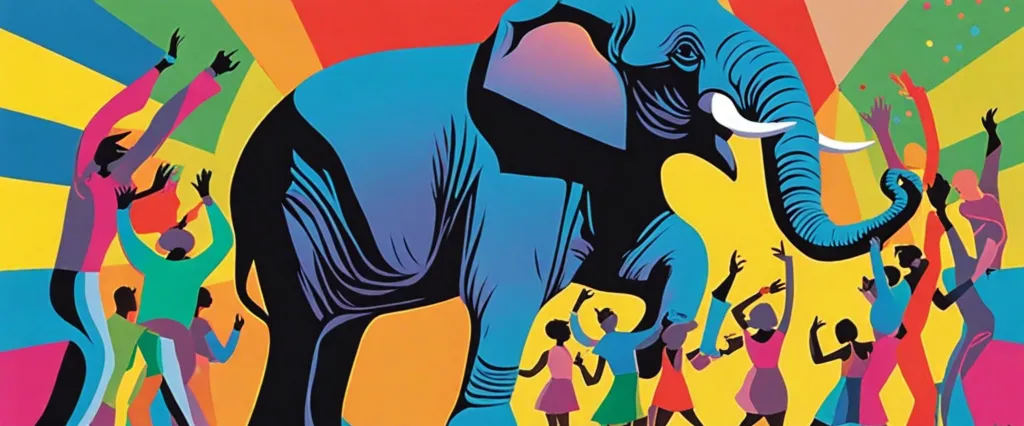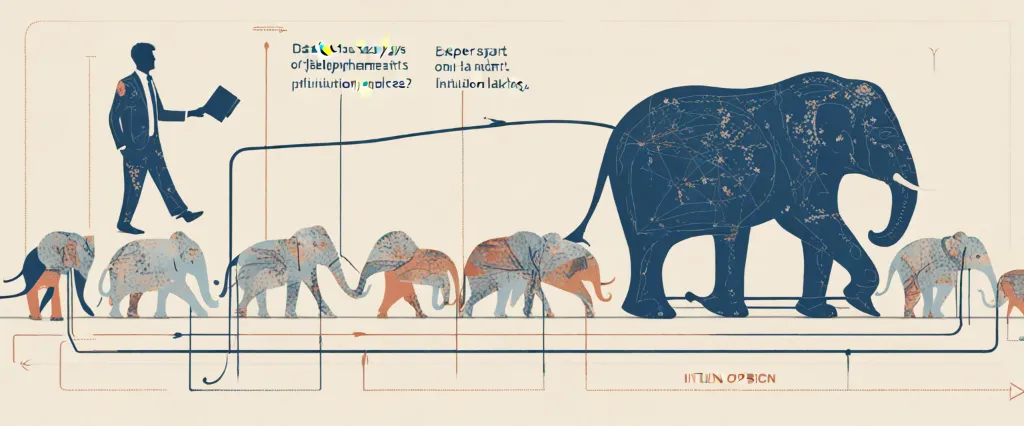“Who Says Elephants Can’t Dance” is a memoir written by Louis V. Gerstner Jr., the former CEO of IBM. The book provides an insider’s account of Gerstner’s leadership and the challenges he faced in turning around the struggling company. Gerstner discusses the state of IBM when he joined in 1993, highlighting its bureaucratic culture and lack of focus. He recounts the steps he took to reinvent the organization, emphasizing the importance of customer-centricity, teamwork, and innovation. Gerstner’s successful transformation of IBM from near bankruptcy to a profitable and innovative company is a central theme of the book. Additionally, Gerstner shares valuable insights into leadership and management, providing readers with practical lessons and strategies that can be applied to any organization. Overall, “Who Says Elephants Can’t Dance” offers a behind-the-scenes look at a remarkable corporate turnaround and offers valuable lessons for leaders in any industry.
Steve Jobs” by Walter Isaacson is a comprehensive biography that delves into the extraordinary life and career of the renowned innovator and co-founder of Apple Inc., Steve Jobs. The book details Jobs’ journey from a young boy fascinated with electronics to his groundbreaking role in transforming numerous industries, including technology, music, and animation.
Isaacson provides a well-rounded portrait of Jobs, illustrating his unique personality, ambition, creativity, and relentless pursuit of perfection. Through extensive research and interviews with Jobs, his family, friends, and colleagues, Isaacson explores both the triumphs and the tribulations faced by Jobs throughout his life.
The book covers various stages of Jobs’ career, including the early days of Apple, his ousting from the company, and his triumphant return to lead its transformation into one of the world’s most valuable and influential companies. Isaacson delves into Jobs’ role in the creation of groundbreaking products such as the Macintosh, iPod, iPhone, and iPad, showcasing his innovative vision and ability to revolutionize entire industries.
Furthermore, Isaacson unearths personal aspects of Jobs’ life, including his complicated family relationships, his often tempestuous interactions with colleagues, and his relentless pursuit of personal and professional excellence. The biography also explores Jobs’ battle with cancer and his ultimate demise, shedding light on his resilience and determination in the face of adversity.
In summary, “Steve Jobs” is a detailed and revealing biography that offers insights into the life, career, and philosophies of one of the most influential and enigmatic figures in the technology industry.
Comparison between Two Books
“Who Says Elephants Can’t Dance” by Louis V. Gerstner Jr. and “Steve Jobs” by Walter Isaacson are both influential books that delve into the lives and careers of two business legends. While they focus on different individuals and industries, there are several similarities in their portrayal of these iconic figures. Here are some commonalities between these books:
1. Visionary Leadership: Both books highlight how these business legends possessed strong visionary leadership. Louis V. Gerstner Jr. turned around the troubled IBM in the 1990s, while Steve Jobs revolutionized multiple industries with products like the iPhone and iPad. Both leaders had a clear vision of where they wanted to take their respective companies and could inspire their teams to achieve those goals.
2. Radical Innovation: Both Gerstner and Jobs were known for their emphasis on innovation. Gerstner transformed IBM’s culture by emphasizing the importance of teamwork, customer focus, and cutting-edge technology. Similarly, Jobs had a relentless pursuit of groundbreaking products and was willing to take risks, resulting in the creation of products that redefined entire industries.
3. Strategic Decision-Making: The books explore how Gerstner and Jobs made crucial strategic decisions that shaped the future of their companies. Gerstner’s strategic decision to embrace e-business and focus on services helped revive IBM, while Jobs’ insistence on tight integration of hardware and software, coupled with his commitment to design excellence, paved the way for Apple’s success.
4. Resilience in the Face of Failure: Both Gerstner and Jobs faced significant setbacks during their careers. Who Says Elephants Can’t Dance” details Gerstner’s challenges in turning around a struggling IBM, while “Steve Jobs” chronicles Jobs’ early departure from Apple and subsequent return to lead the company. Despite these setbacks, both leaders showcased resilience, determination, and a willingness to learn from their failures.
5. People-Oriented Approaches: The books highlight how Gerstner and Jobs valued people within their organizations. Gerstner’s emphasis on teamwork and collaboration was instrumental in the transformation of IBM. At Apple, Jobs created a company culture that attracted top talent and fostered creativity while demanding excellence. Both leaders understood the importance of surrounding themselves with talented individuals and empowering them to achieve their best work.
Overall, these books reveal the remarkable similarities between these business legends, such as their visionary leadership, emphasis on innovation, strategic decision-making, resilience in the face of failure, and people-oriented approaches. They serve as reminders that successful business leaders often share certain qualities and approaches, regardless of the industry they operate in.
“Who Says Elephants Can’t Dance” by Louis V. Gerstner Jr. and “Steve Jobs” by Walter Isaacson are two biographies that delve into the lives and experiences of two influential business legends. While both books provide insights into the world of business, they differ in several ways.
1. Focus and Career Paths:
– “Who Says Elephants Can’t Dance” primarily focuses on Louis V. Gerstner Jr.’s tenure as the CEO of IBM from 1993 to 2002. It explores his efforts to turn around the struggling company and his strategic decisions that helped revive IBM.
– On the other hand, “Steve Jobs” delves into the life of Steve Jobs, co-founder of Apple Inc. This biography covers Jobs’ entire career, including his time at Apple, his departure, and subsequent return to revolutionize the tech industry.
2. Management Styles:
– In “Who Says Elephants Can’t Dance,” Gerstner emphasizes the importance of teamwork, collaboration, and enabling employees to take ownership. He believes in empowering individuals at all levels and creating a culture of openness and transparency.
– In contrast, “Steve Jobs” portrays Jobs as a demanding and sometimes difficult leader known for his obsession with perfection and high standards. He is presented as a visionary who had a commanding and dictatorial management style, often pushing his team to their limits.
3. Industry Focus:
– Gerstner’s book primarily centers around the transformation of IBM, a long-standing technology giant, and the challenges faced in the computer industry during that period. He discusses the shift from a product-focused mindset to a customer-centric approach, emphasizing the importance of adapting to changing market dynamics.
– In “Steve Jobs,” the focus is on the creation and evolution of Apple Inc., highlighting Jobs’ role in designing and marketing innovative consumer electronics such as the iPhone, Mac, and iPod. The book also delves into Pixar’s success story, as Jobs played a pivotal role in its growth.
4. Corporate Culture:
– Gerstner places great importance on fostering and nurturing a culture of innovation and customer-centricity within IBM. He emphasizes the need for organizations to have a shared purpose and values to drive success.
– “Steve Jobs” presents Apple as a company with a unique and distinct corporate culture driven by Jobs’ relentless pursuit of perfection. It showcases how Apple’s products were not just gadgets but symbols of status and design, appealing to consumers on an emotional level.
In summary, while both “Who Says Elephants Can’t Dance” and “Steve Jobs” explore the lives of business legends, they diverge in terms of their focus, management styles, industry emphasis, and corporate culture. Gerstner’s book highlights his experience leading the turnaround of IBM, stressing collaboration and adaptability. In contrast, Isaacson’s biography paints a portrait of Steve Jobs as a visionary but demanding leader who transformed the tech industry through Apple Inc.




